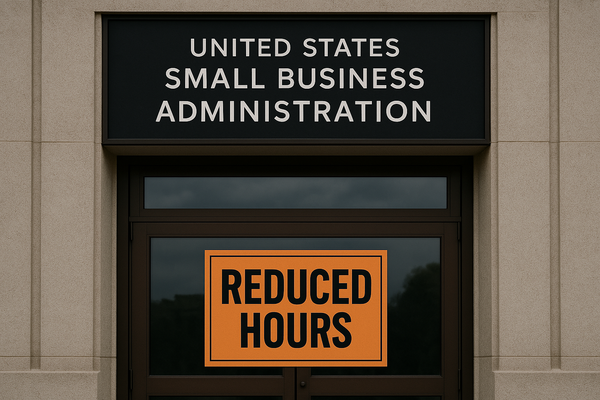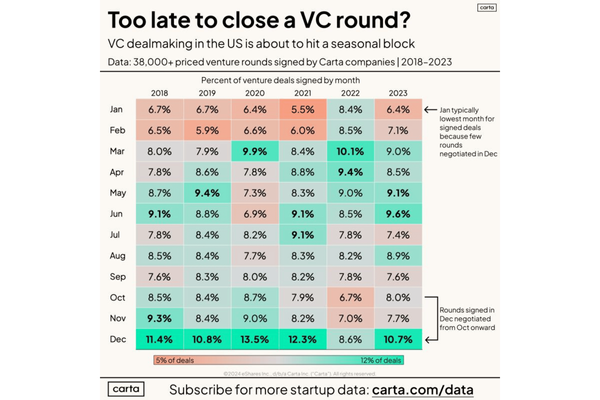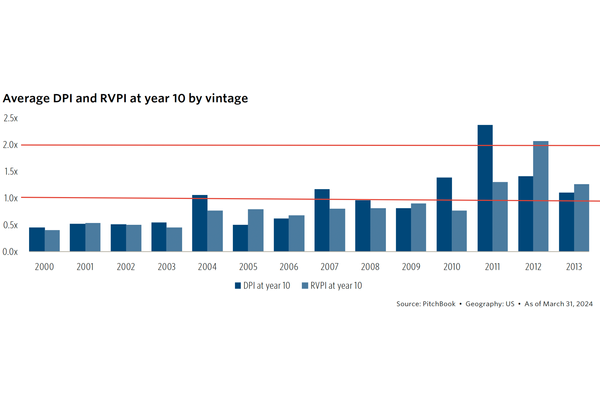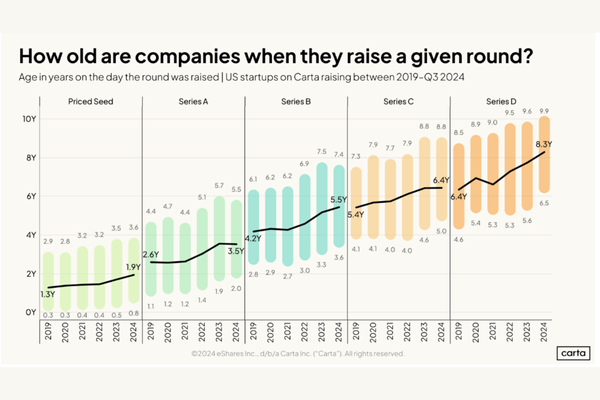Find Product-Market Fit Before You Try to Scale
One of the worst mistakes a startup can make is to raise and spend too much money before they’ve found product-market fit. I’ve seen a lot of high value, high cash burn businesses flame out spectacularly over the years. They raise millions on hype and and spend quickly to achieve bogus metrics, only to realize at the end that once they stop spending, the customers dry up, the revenue shrinks and there is no path to profitability.
What is Product-Market Fit?
Product-Market fit is identified by clear proof of accelerating, organic growth and demand for your product. There is a lot of great writing out there on how to identify product-market fit. Eric Ries' Lean Startup methodology is a great place to start. Or read 12 Things about Product-Market Fit by Tren Griffin.
It’s crucial that you run your startup lean and mean until you hit product-market fit. This in an incredibly important point in time in the early life of a company. The work you do to prove product-market fit, or the lack thereof, is the fork in the road that can lead to success, or years of pain, suffering and massive cash burn.
You should be trying to poke holes in your early assumptions. It’s ok if you were wrong. You might find that simple changes get you on the right track. You might find that the whole idea was off base and you don’t have a business.
Do you know what sucks more than having an early stage business close up shop because they couldn’t find product-market fit? Investing the next 5 -10 years of your life, and a pile of your investor's money, into finding out the exact same thing.
Finding Product-Market Fit A Crucial Part of Your Journey
Many startups come to life because someone developed a solution in search of a problem. An entrepreneur might create something that is very cool, and shows very well in pitch meetings, but doesn’t hit the mark when it comes to solving a specific problem for a large addressable market. That cool product then has to go out in search of a market. And if the product isn’t close to the mark, a lot of money can be wasted simply because the entrepreneur is invested in the idea, and not in the specific mission of solving a problem that has product-market fit.
Conversely, many startups come to life having identified the problem, and even having been able to raise money primarily on the articulation of that problem, but without a clear sense of the solution that can lead to business success. This can be ok, as long as the early stage of the company is laser focused on finding that scalable solution upon which years of effort and sufficient capital can be invested to successfully address the problem.
Identifying the problem without the solution is a riskier path, as the best solution might not line up with the capabilities of the founding team, which often leads to the development of substandard offerings that don’t ultimately achieve product-market fit.
Test rigorously. Keep yourself honest. Do the hard work early so that the foundation you build upon is strong.
Don’t raise too much money against a business that hasn’t found product-market fit. You can trick yourself into believing you’ve achieved product-market fit simply by spending a ton of investor money on marketing and lower funnel customer acquisition, while diluting your ownership stake and building unreasonable expectations against an overly ambitious company valuation. In a future post I’ll expand on this point.
Finding Product-Market Fit Isn't A One Time Event
Finally, just when you’ve found product-market fit the market can move. And you’ll have to do this all over again. You need to expect this. Market tastes and expectations change. New competition will rise with different and more competitive offerings. You need to keep an eye on your KPI’s and watch for changes.
Realistically, this is a never ending process. This is true for startups. It’s also true for the biggest companies in the world, who are constantly being attacked by competitors and scrappy startups like yours that are trying to take away their customers. It’s a never ending cycle that seems to get faster and faster all of the time.
But of course, therein lies that challenge and the opportunity!




